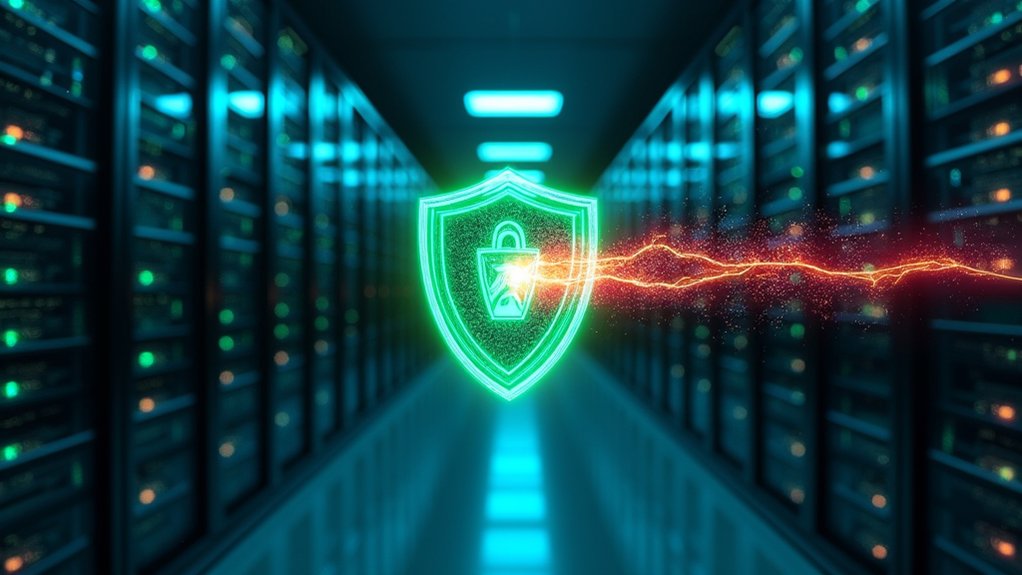A glitch, sneaky as a shadow in the night, crept into Solana’s digital fortress recently, targeting the Token-2022 and ZK ElGamal Proof programs. It was a silent threat, lurking in the code, ready to mess with the minting of confidential Token-22 tokens. Imagine a vault door left ajar, tempting thieves to sneak in and print endless stacks of digital cash. Luckily, no one slipped through before the alarm rang on April 16, 2025.
This wasn’t just a minor hiccup. The bug, born from missing pieces in the Fiat-Shamir Transformation, could’ve let attackers forge fake proofs, tricking the system into thinking all was well. It’s like a con artist flashing a fake ID at a bank—except here, the prize was unlimited privacy tokens. Solana’s validators, though, weren’t snoozing. Within two days, a supermajority slapped on a patch, sealing the breach faster than you can say “blockchain.” The Solana Foundation confirmed no exploits occurred before the fix was implemented. Thanks to swift action, the vulnerability in privacy features was neutralized before any damage could spread.
The fix, led by teams like Anza and Firedancer with backup from Asymmetric Research, felt like a high-stakes heist movie—minus the explosions. Funds stayed safe, but whispers of centralization echoed through the community. Was this swift save a sign of tight-knit teamwork or a red flag for too much control? It’s the old clash: security versus the wild, free spirit of decentralization. Picture a town hall debate, old-timers craving order while tech rebels push for chaos. The platform’s Proof of History consensus mechanism helped maintain transaction order throughout the crisis.
SOL’s price barely flinched, climbing 20% before a tiny dip, while platforms like Pump.fun churned out $294 million in fees. Investor faith held steady, yet questions linger. Will Solana balance its fortress with open gates? As the network evolves, it’s a tightrope walk—guarding against digital shadows while dodging the iron grip of control. Time will tell.









